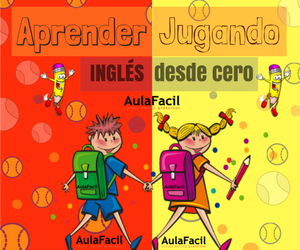A visit to the zoo
A Trip to the Zoo
Today Foxy and Ginger are going to the zoo.
Do you like going to the zoo?
What are your favourite animals at the zoo?
1.- Here are some animals you can find at the zoo
[Objeto Flash Eliminado] Sonido
Listen, repeat & learn!
 | 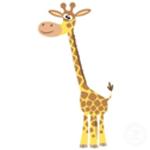 |  | ||
| Elephant | Giraffe | Zebra | ||
 |  |  | ||
| Lion | Tiger | Gorilla | ||
 |  | |||
| Whale | Dolphin |
1.a. How many syllables do the following animals have? 1, 2 or 3?
Listen to your teacher and then circle the correct answers.
(En todos los ejercicios, para ver la solución hacer doble click en el texto; un click vuelve a posición original)
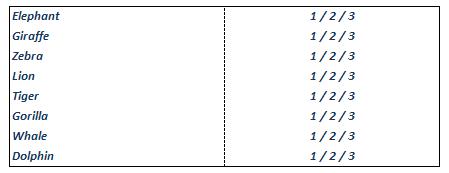
2.- Ginger and Foxy are at London zoo
Listen to their conversation and answer the questions below.
Foxy: What animals do you want to see today Ginger?
Ginger: The whales, dolphins and gorillas. What about you Foxy?
Foxy: I want to see the zebras and the tigers.
Ginger: I don’t like tigers Foxy.
Foxy: Really? Why not?
Ginger: They are really dangerous.
Foxy: But Gorillas are more dangerous than tigers.
Ginger: No, they’re not! Why don’t we see the lions? I like lions.
Foxy: I prefer tigers because tigers are smaller but more dangerous than lions.
Ginger: Ok, we can see the tigers too!


2.a. Answer the following questions in full sentences

3.- Comparatives
If we want to compare two things in English, we have to use a special construction (Si queremos comparar dos cosas en inglés, tenemos que usar una construcción especial).
Here are a couple of examples of comparisons taken from the conversation with Ginger and Foxy (Aquí hay un par de ejemplos de comparaciones que aparecieron en la conversación entre Ginger y Foxy):
-Gorillas are more dangerous than tigers (Los gorilas son más peligrosos que los tigres).
-Tigers are smaller than lions (Los tigres son más pequeños que los leones)
3.a. Identify the adjectives in the previous sentences.

3.b. How many syllables are there in the following adjectives? 1, 2 or 3?

In order to make a comparison in English, we need to work out how many syllables the adjective we are going to use has.
There are a number of rules we have to learn in order to make a comparison. Below is a table which shows us how to make comparatives with adjectives of one syllable and two or more syllables and adjectives that end in ‘y’.
(Para hacer una comparación en inglés, tenemos que averiguar cuantas sílabas tiene el adjetivo que queremos usar.
Hay numerosas reglas que tenemos que aprender. Abajo hay una tabla que nos enseña como hacer comparaciones con adjetivos de una sílaba, dos o más sílabas, y adjetivos que acaban en ‘y’.)
One syllable adjective: Adjective + er
Two syllable adjective : More + adjective
One syllable adjective that ends in ‘y’: Adjective minus ‘y’ + ier
3.c. Fill in the gaps to make comparatives
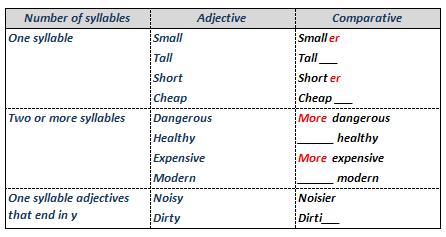
3.d. Look at the following sentences. Correct the sentences that are incorrect according to the rules shown above.
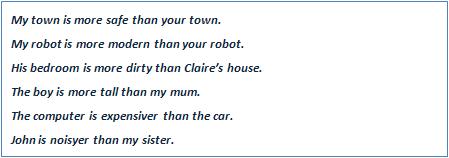
4.- Compare this house with your own house. Write 3 sentences
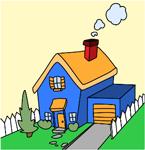
For example: My house is smaller than this house.
